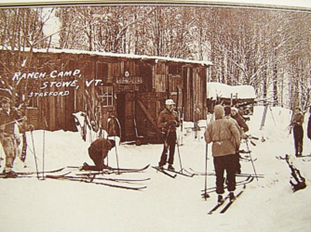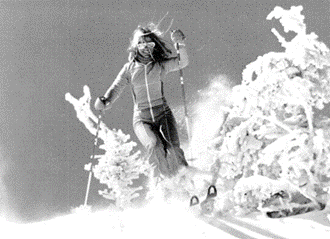Vermont Skiing: A Brief History
Vermont, with its picturesque landscapes and abundant snowfall, has been a cherished destination for skiers for well over a century. The evolution of skiing in this state is a testament to both human ingenuity and the enduring allure of winter sports. From its humble beginnings on snow-covered hills to the development of world-class resorts, Vermont's skiing history is a fascinating journey that continues to captivate adventurers and enthusiasts alike.
The Pioneers of Vermont Skiing
In the late 19th and early 20th centuries, skiing in Vermont was far from the glamorous industry we know today. Inspired by the ancient Norwegian practice, Vermonters began strapping wooden planks to their feet and gliding down hills. This rudimentary form of skiing served as a means of transportation during harsh winters and, over time, transformed into a recreational pastime.
The Rise of Ski Clubs and Ski Schools
As the popularity of skiing grew, ski clubs emerged across Vermont. These clubs fostered a sense of camaraderie among enthusiasts and played a crucial role in popularizing the sport. Ski schools also began to emerge, introducing novices to the art of skiing and contributing to the sport's growth.

The Advent of Ski Resorts
The early 20th century witnessed the establishment of the first ski resorts in Vermont. Places like Stowe and Bromley Mountain became pioneers in the ski industry, offering simple lodges and basic infrastructure for skiers. As more resorts opened, the state's reputation as a skiing haven began to take shape.
The Influence of the 1960 Winter Olympics
The 1960 Winter Olympics, held in Squaw Valley, California, had a significant impact on Vermont's ski industry. The event showcased skiing to a global audience, sparking increased interest in winter sports. Vermont's resorts seized this opportunity, investing in modern infrastructure, including chairlifts and snowmaking, to accommodate the growing number of visitors.

Advancements in Technology and Safety
Throughout the decades, skiing technology underwent remarkable advancements, making the sport more accessible and enjoyable. Improvements in ski equipment, snowmaking technology, and grooming techniques allowed for better experiences on the slopes. Additionally, safety measures, such as helmet usage and slope design, evolved to ensure skiers' well-being.
Vermont's World-Class Ski Resorts
Today, Vermont boasts some of the most renowned ski resorts in the world. Resorts like Killington, Stratton, Sugarbush, and Okemo offer top-notch amenities, extensive trail systems, and various winter activities beyond skiing. The state's dedication to providing a high-quality skiing experience has garnered international recognition and attracts visitors from all corners of the globe.
Embracing Environmental Sustainability
With the growing awareness of environmental issues, Vermont's ski industry has embraced sustainability. Resorts have adopted eco-friendly practices, such as energy-efficient snowmaking, recycling programs, and conservation initiatives, to reduce their environmental impact and preserve the state's natural beauty for future generations.